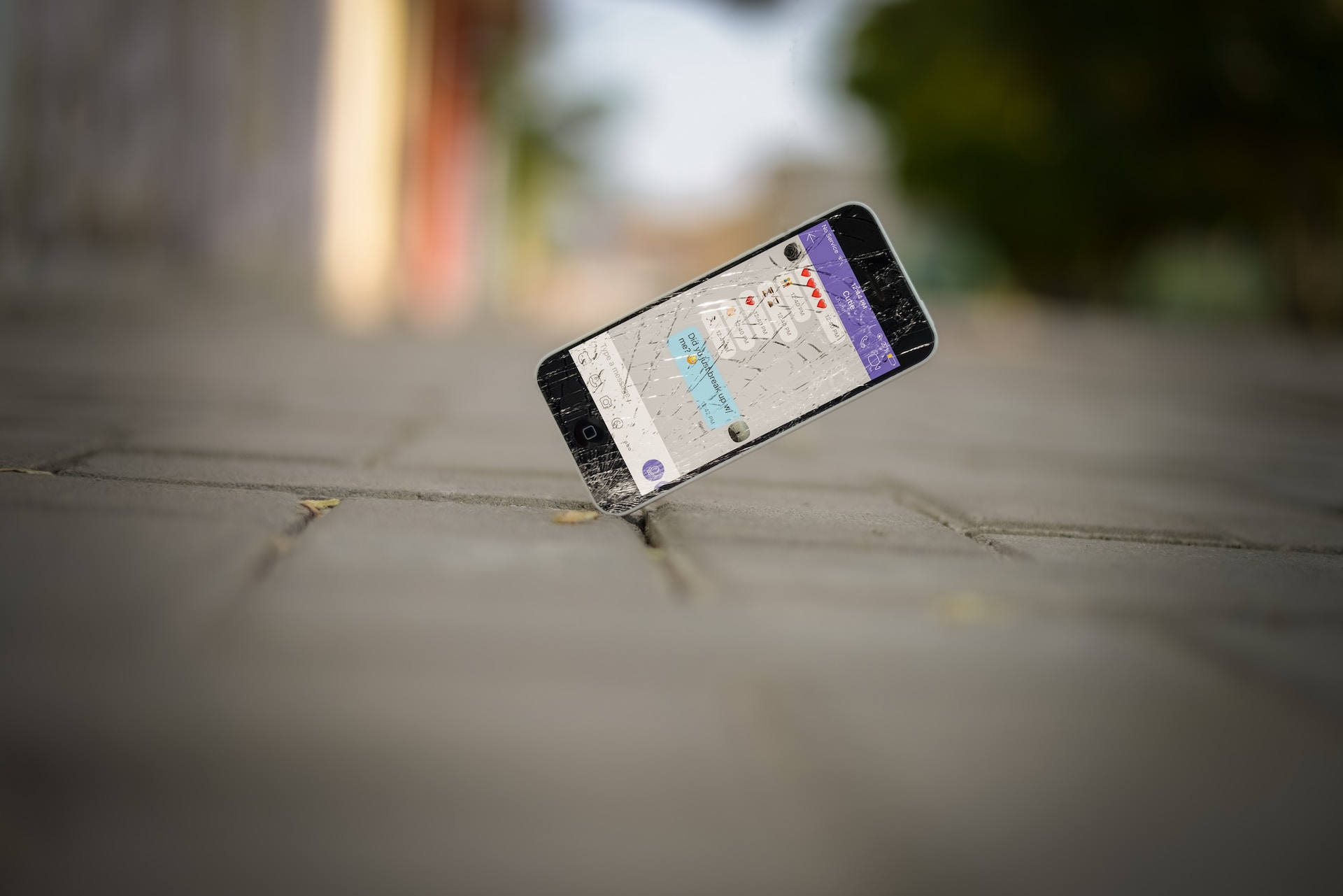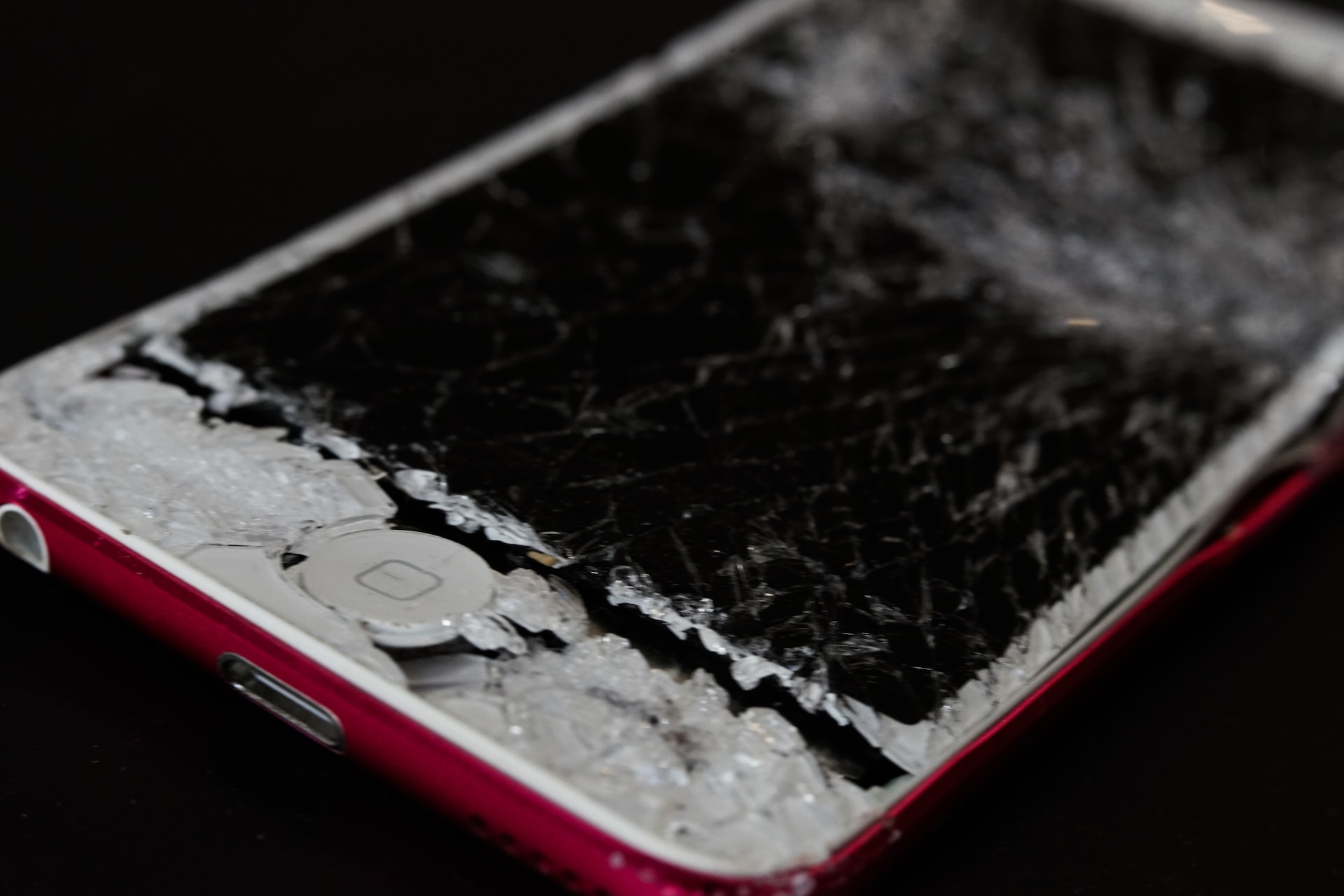With the rise of smartphones, it has become common to see cracked screens. Whether due to an unfortunate fall or heavy daily use, screen cracks can be both annoying and expensive to repair. Fortunately, there are several techniques you can use to repair a cracked smartphone screen.
Replace the broken screen
The most common method to repair a cracked smartphone screen is to replace it. Many manufacturers offer specific replacement screens for each phone model. You can also find these screens on specialized sites or from professional repairers. However, this method can be expensive, especially if you opt for an original screen.
Use a repair kit
If you are a bit handy and want to save money, you can opt for a smartphone screen repair kit. These kits usually include all the necessary tools, as well as detailed instructions to guide you through the repair process. However, it is important to note that this option can be tricky and requires some skill and patience.
Use screen adhesive
Another technique that can be used to repair a cracked smartphone screen is the use of an adhesive specially designed for this purpose. These adhesives can help hold the glass pieces together, preventing further damage to the screen. However, it is important to note that this option is generally considered a temporary solution and does not guarantee a complete screen repair.
Call a professional repairer
If you don’t feel comfortable repairing your cracked smartphone screen yourself, it’s best to call a professional repairer. These experts have the experience and equipment to effectively repair your screen without causing additional damage. Although this may be a little more expensive than other options, it often guarantees a quality result and increased durability.
Prevent future cracks
Once you have repaired your cracked smartphone screen, it is important to take steps to prevent this from happening again in the future. Using a sturdy protective case and tempered glass can help prevent damage from drops and impacts. It is also advisable to avoid keeping your phone in a pocket that contains items that may cause cracks.

The impact of climatic conditions on the durability of smartphone screens
We know that a fall or impact can cause cracks on a smartphone screen, but it is less known that climatic conditions can also influence the durability of these screens. Wide variations in temperature, exposure to humidity and other elements can potentially decrease the strength of the screen and make it more susceptible to cracking.
THE extreme temperatures, especially intense cold, can make the glass of the screens more fragile. If you’ve ever accidentally left your phone in a car on a freezing day, you may have noticed that the screen reacted more slowly. This is because the liquid components of the screen become more viscous in cold weather. But that’s not all: the screen glass, contracted by the cold, becomes more likely to crack if subjected to stress.
L’exposure to humidity, especially in regions with a tropical climate or during the rainy season, can also be a problem. Moisture can seep through tiny cracks invisible to the naked eye or through openings in the smartphone. If this moisture reaches internal components, it can cause short circuits or other damage. Additionally, the presence of moisture can make existing cracks more visible and further weaken the structure of the screen.
So how can you protect your smartphone from the effects of weather conditions? Here are a few tips:
- Avoid extremes : Do not leave your phone in places that are too hot or too cold for an extended period of time. If you must do this, make sure it is well protected in an insulated cover.
- Use a desiccant packet: If you live in a humid region, keep a small desiccant sachet near your smartphone, especially when it is stored. This can help absorb excess moisture.
- Check the tightness : Some smartphones are designed to be water resistant. If yours isn’t, consider investing in a waterproof case to protect it.
The importance of screen technology for resilience
Today, the world of technology is constantly evolving. Along with repair and prevention practices, it is crucial to understand that screen quality plays a major role in resisting cracks and scratches. Manufacturers are investing heavily in research and development to find stronger materials and innovative technologies to ensure durability.
The type of glass used in the manufacturing of smartphone screens is a crucial element. For example, Gorilla glass, developed by Corning, is recognized for its high resistance to scratches and impacts. This glass is designed using a special chemical tempering process, which strengthens the glass structure at a molecular level. This technology has been the benchmark for many high-end smartphones, because it guarantees better protection against everyday accidents.
In addition to the type of glass, the quality of manufacturing is also essential. Screens that are carefully designed and assembled tend to have fewer defects, reducing the chance of cracks. Additionally, some manufacturers include additional technologies, such as anti-glare or anti-fingerprint layers, which can contribute to the durability of the screen.
For those looking for maximum protection, there are even screens equipped with so-called “flexible” or “foldable” technology. These screens, often used in foldable smartphones, are designed to bend without breaking. They are typically made from polymer materials that can absorb impact more effectively than traditional glass.












